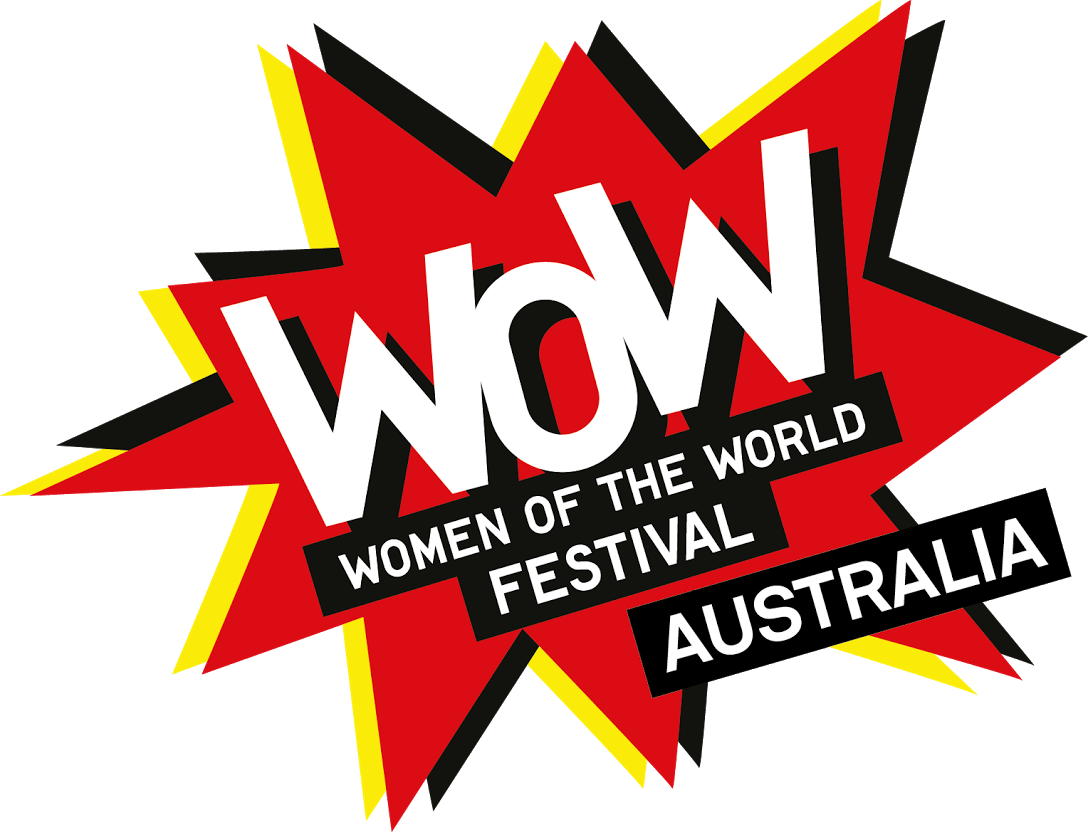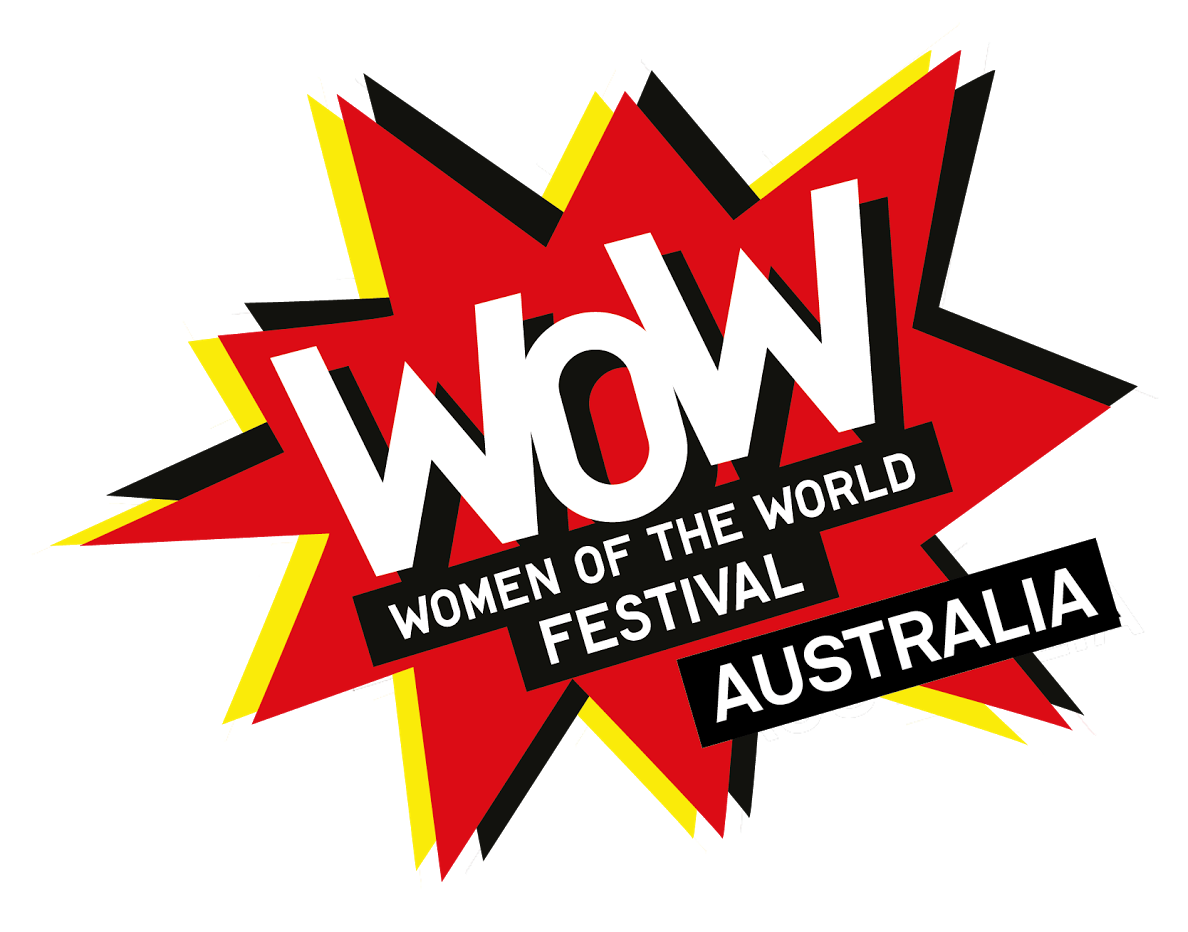
Uluru Statement from the Heart
WOW Australia accepts the invitation of the Uluru Statement from the Heart and supports a First Nations Voice to Parliament enshrined in the Australian Constitution.
The Uluru Statement from the Heart outlines the path forward for recognising Indigenous Australians in the nation's constitution.
It was endorsed with a standing ovation by a gathering of 250 Aboriginal and Torres Strait Islander leaders on May 26, 2017, following a four-day First Nations National Constitutional Convention held at Uluru. The consultation process that led to the statement was unprecedented in Australian history for its scale. Over a six month period, it engaged more than 1200 Aboriginal and Torres Strait Islander representatives in a dozen regional dialogues across the country.
Read the full statement below, and head to their website to learn more, accept the invitation, and download the Supporter’s Kit.

We, gathered at the 2017 National Constitutional Convention, coming from all points of the southern sky, make this Statement from the Heart:
Our Aboriginal and Torres Strait Islander tribes were the first sovereign Nations of the Australian continent and its adjacent islands, and possessed it under our own laws and customs. This our ancestors did, according to the reckoning of our culture, from the Creation, according to the common law from ‘time immemorial’, and according to science more than 60,000 years ago.
This sovereignty is a spiritual notion: the ancestral tie between the land, or ‘mother nature’, and the Aboriginal and Torres Strait Islander peoples who were born therefrom, remain attached thereto, and must one day return thither to be united with our ancestors. This link is the basis of the ownership of the soil, or better, of sovereignty. It has never been ceded or extinguished, and co-exists with the sovereignty of the Crown.
How could it be otherwise? That peoples possessed a land for sixty millennia and this sacred link disappears from world history in merely the last two hundred years?
With substantive constitutional change and structural reform, we believe this ancient sovereignty can shine through as a fuller expression of Australia’s nationhood.
Proportionally, we are the most incarcerated people on the planet. We are not an innately criminal people. Our children are aliened from their families at unprecedented rates. This cannot be because we have no love for them. And our youth languish in detention in obscene numbers. They should be our hope for the future.
These dimensions of our crisis tell plainly the structural nature of our problem. This is the torment of our powerlessness.
We seek constitutional reforms to empower our people and take a rightful place in our own country. When we have power over our destiny our children will flourish. They will walk in two worlds and their culture will be a gift to their country.
We call for the establishment of a First Nations Voice enshrined in the Constitution.
Makarrata is the culmination of our agenda: the coming together after a struggle. It captures our aspirations for a fair and truthful relationship with the people of Australia and a better future for our children based on justice and self-determination.
We seek a Makarrata Commission to supervise a process of agreement-making between governments and First Nations and truth-telling about our history.
In 1967 we were counted, in 2017 we seek to be heard. We leave base camp and start our trek across this vast country. We invite you to walk with us in a movement of the Australian people for a better future.
What does the artwork on the Uluru Statement from the Heart mean?
The Uluru Statement is an artwork as well as a political document, following in the tradition of documents such as the Yirrkala Bark Petition and Barunga Statement.
The artwork was led by senior Maruku artist and Uluru traditional owner Rene Kulitja, and painted by Mutitjulu artists Christine Brumby, Charmaine Kulitja and Happy Reid.
Two Tjukurpa creation stories of the Anangu people, who are the traditional owners of Uluru, are represented in the painting.
One is the story of Kuniya (top left), the woma python with eggs from the north-east, and Liru (bottom right), the poisonous snake from the south-west, who are involved in a fight to the death at the Mutitjulu Rockhole, which then shapes Uluru's landscape.
The second is that of the Mala people, represented by rufous hare-wallaby prints, who were holding a ceremony atop Uluru when they became involved in a dispute with men who approached from the west. Those men went away and created Kurpany, the Devil Dingo, represented by the dog prints.
Ms Kulitja said Uluru's power comes from the Tjukurpa stories that converge there. "This painting shows all the stories of Uluru and the statement is placed at the centre where the power resides," she said.
Surrounding the statement are signatures of more than 250 delegates who came to historic consensus at Uluru. Many signatories also wrote the name of the nation they belonged to, so over 100 different first nations are represented on the artwork.
Source: Sydney Morning Herald



